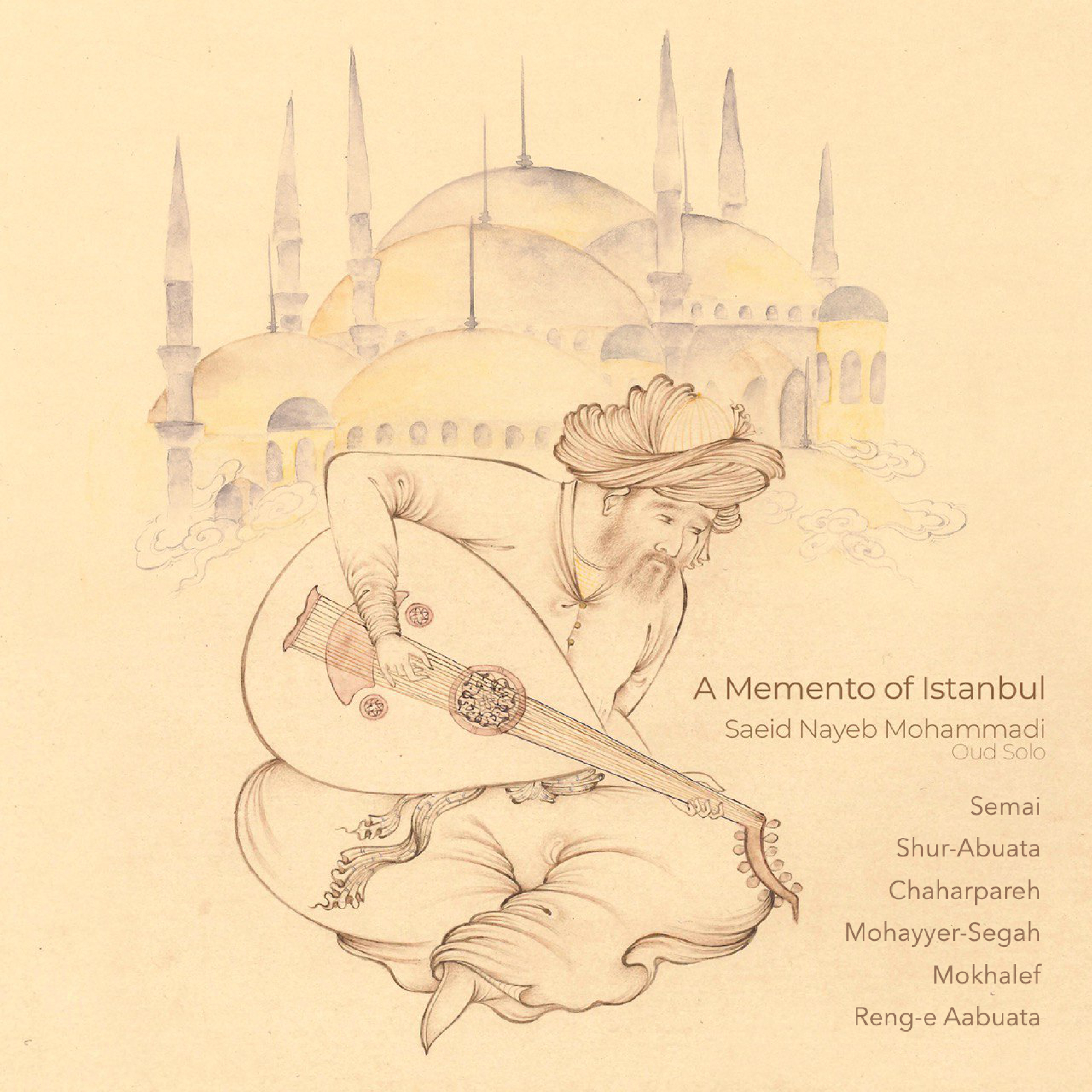 A Memento of Istanbul A Memento of Istanbul
Solo Oud by Saeid Nayeb Mohammadi
Nava Arts UK
Available from iTunes, Amazon
To which region does Oud, this mythical instrument, belong? North Africa, Andalusia, the Arab Mashriq, Iran, Turkey? This geographical realm has led to the perception of Oud always and fundamentally within a ‘multicultural’ context, making it challenging to exclusively attribute this instrument to one particular musical tradition, especially when it comes to a distinguished Oud performance which does not include any lyrics. Nevertheless, it goes without saying that the musical elements and aesthetic characteristics of each culture display various nuances and facets of Oud.
A Memento of Istanbul is a journey of an “Iranian” Oud where it can loudly and passionately express itself, free and unrestrained, even in the public sphere - going over its achievements and merits. The musical behaviours of this Oud remind the listener of its Iranian essence throughout the auditory experience: modal sequences influenced by the modal system of classical Iranian music (dastgâh); melodic hints that seem to represent the lyricism of Persian poetry and literature in Iranian music; explicit presence of certain Iranian melodic types (gusheh), and occasionally, but not so explicitly, the appearances of Iranian melodic materials from the past century (perhaps resulting from the aesthetic archive in the performer’s mind); and ultimately, the influences that this Oud playing, consciously or subconsciously - but logically and inevitably - has accepted from the performance styles of other Iranian instruments (such as Târ in some metric pieces or even the Khorasani Dutar in certain moments of Track 4).
Furthermore, among the Iranian vivid imprints on this canvas, the given musical tableau is filled with details that the performer has adopted from the multicultural world of Oud, e.g., disconnected tremolos in many cases, a broad dynamic range, wide vibratos, and perhaps the most distinct characteristic – ‘timing’ that mostly evokes the Arab style of Oud performance.
Yet all these detailed analyses make sense only once we stop the “time” and attempt to rationally “think” about music outside the realm of enchantment. This is while right after the first notes of the album, we seem to inhale a dense smoke of an enchanting musical narcotic: time loses its meaning, and we embark on an illusory journey in the Eastern world of these sounds… and with the final note, we find ourselves once again on the solid ground.
Saeid Yaqubian
June 2023 To purchase, please clickk on the live links in the title |